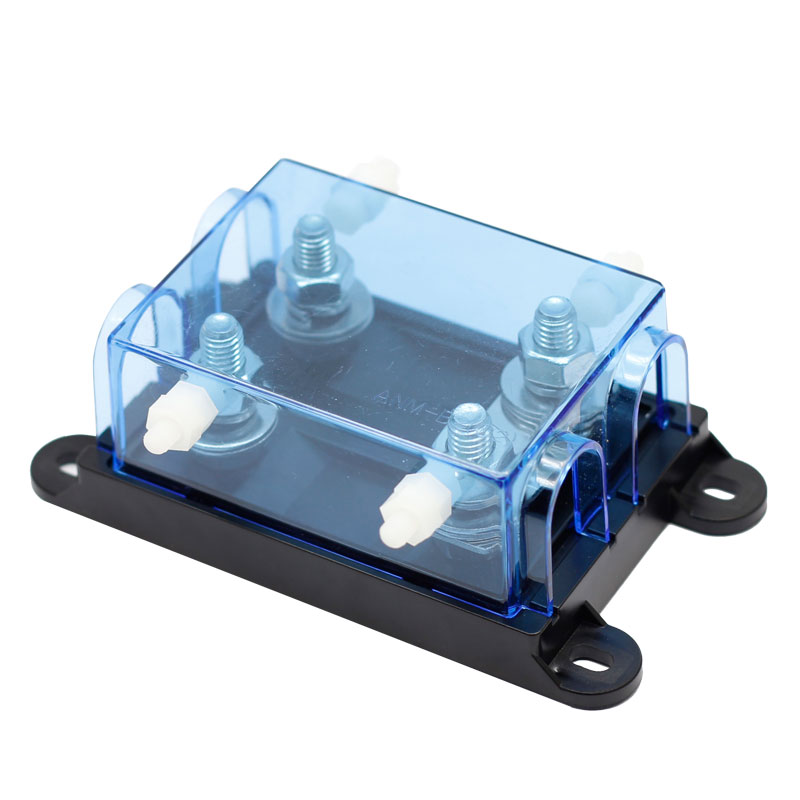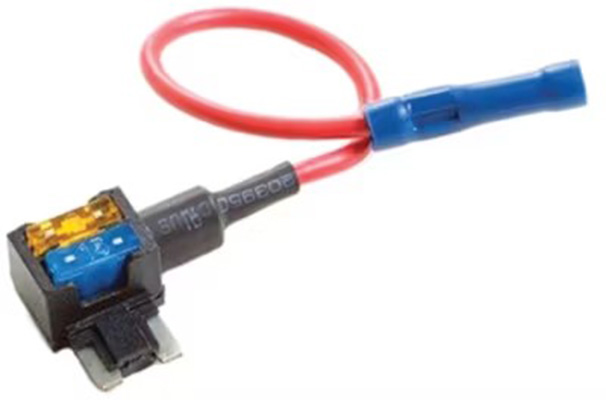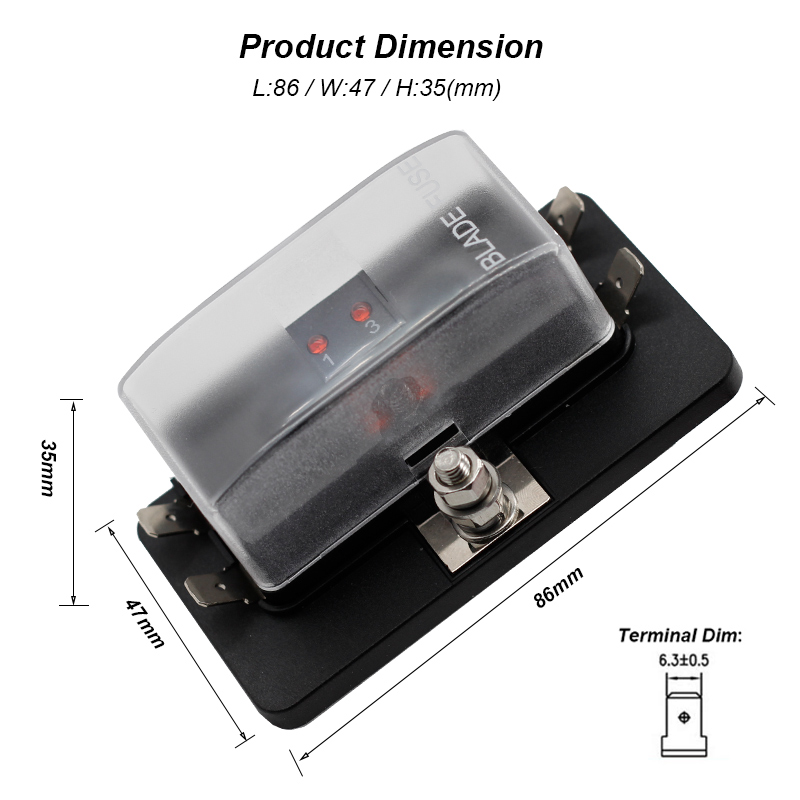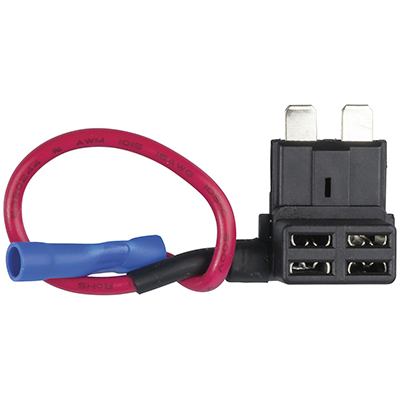Exploring Car Fuse Holder Types: A Comprehensive Guide to Choosing Between Blade and Cartridge Styles for Vehicle Safety
News 2025-10-20
Car fuse holders are critical for protecting automotive electrical systems from overcurrent and short circuits, ensuring vehicle safety and reliability. These components securely mount fuses and facilitate easy replacement, with blade and cartridge styles being the most prevalent. Blade holders are compact and user-friendly, often found in modern cars, while cartridge holders offer robust performance for high-power applications. Selecting the appropriate type involves evaluating factors like space, current demands, and environmental conditions to optimize circuit protection and longevity.

Blade Fuse Holders
Blade fuse holders, commonly used in contemporary vehicles, feature a design that accommodates flat-bladed fuses for quick installation and removal. They excel in applications with limited space, such as interior fuse panels or accessory circuits, where ease of access is essential. Performance advantages include low resistance connections that minimize voltage drop, enhancing efficiency in systems like lighting and infotainment. Their compact size and cost-effectiveness make them ideal for everyday automotive use, providing reliable protection against faults without compromising on space or weight.
Cartridge Fuse Holders
Cartridge fuse holders support cylindrical fuses and are built for durability in demanding environments, often seen in older models or heavy-duty vehicles. They handle higher current ratings effectively, making them suitable for engine compartments or systems exposed to vibration and heat. Key benefits include superior resistance to mechanical stress and better sealing against moisture, which improves longevity in harsh conditions. In scenarios involving high-power components like starter motors or alternators, cartridge holders deliver consistent performance, reducing the risk of failure in critical circuits.
Comparison and Selection Criteria
When deciding between blade and cartridge fuse holders, assess the specific needs of your vehicle’s electrical system. Blade types offer simplicity and space savings for low-to-medium current applications, such as in compact cars or urban driving setups, with faster fuse changes enhancing maintenance efficiency. Cartridge holders, conversely, provide enhanced protection for high-current demands in trucks or off-road vehicles, where robustness is key. Consider factors like fuse compatibility, installation ease, and cost; for instance, choose blade holders for quick-access needs and cartridge for extreme conditions to ensure optimal safety and performance.
Frequently Asked Questions
1. What distinguishes blade from cartridge fuse holders?
Blade holders are compact and easy to use for standard circuits, while cartridge holders handle higher currents with greater durability in tough environments.
2. When is a blade fuse holder the better choice?
Use blade fuse holders in space-constrained areas like dashboards for quick maintenance in everyday vehicle operations.
3. How do I select the correct fuse holder type?
Evaluate the current rating, space availability, and application conditions; refer to vehicle specs or consult an expert for accurate selection.


